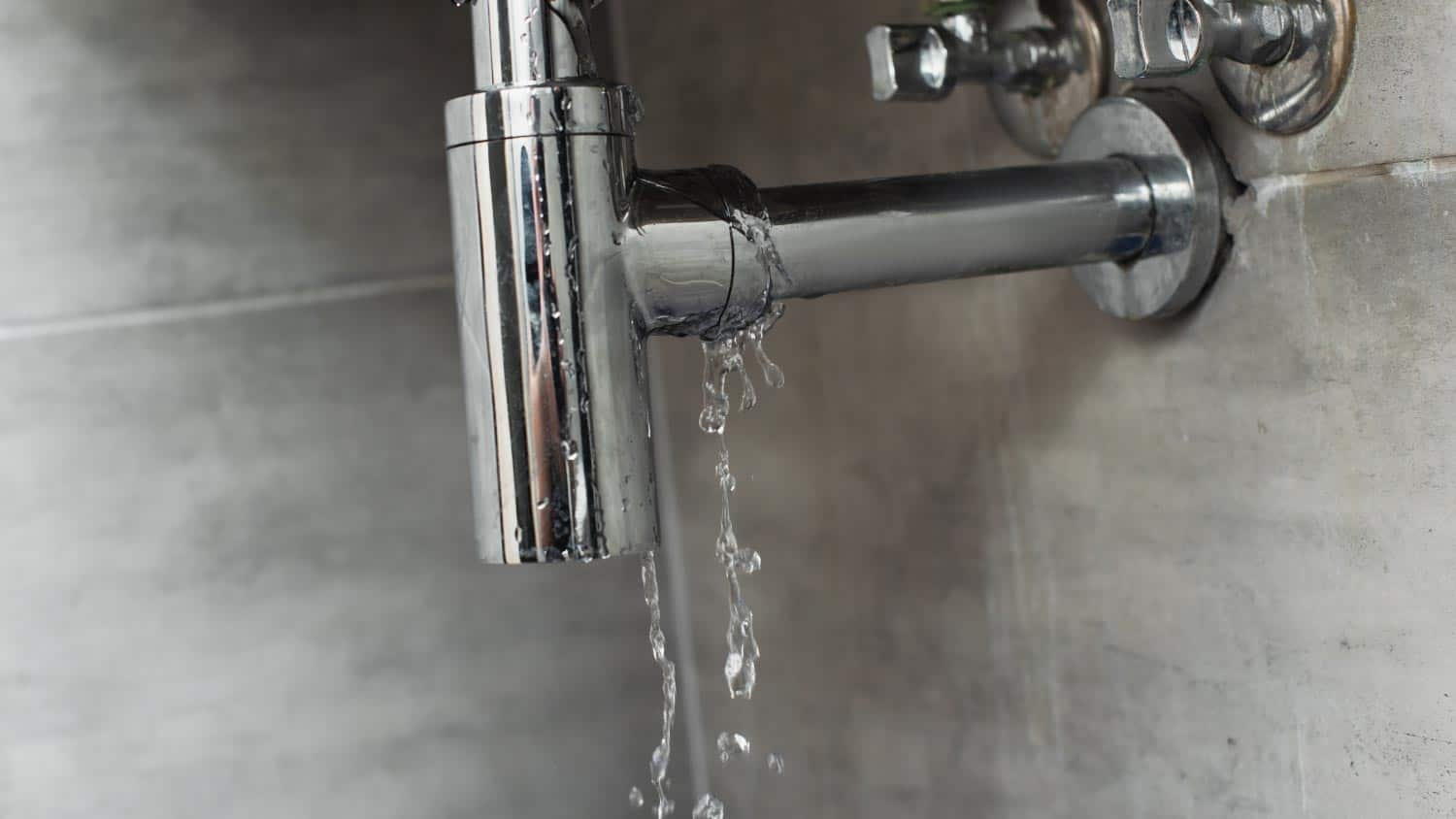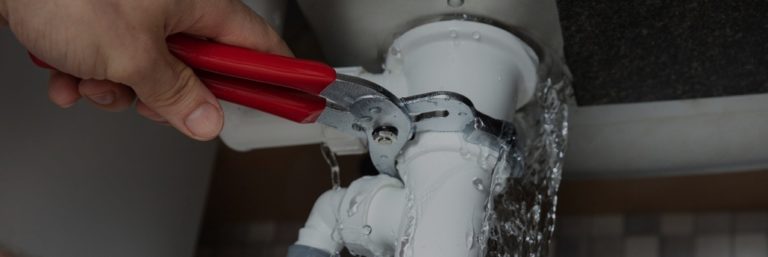They are making several good points about Leaking water lines in general in the content down the page.

Early discovery of dripping water lines can mitigate a potential catastrophe. Some little water leaks may not be visible.
1. Examine the Water Meter
Every residence has a water meter. Examining it is a guaranteed way that aids you uncover leaks. For beginners, shut off all the water sources. Guarantee no one will certainly purge, make use of the faucet, shower, run the washing maker or dishwasher. From there, go to the meter as well as watch if it will change. Because nobody is using it, there must be no activities. If it moves, that indicates a fast-moving leak. If you spot no modifications, wait an hour or 2 as well as inspect back again. This implies you may have a slow-moving leak that could even be below ground.
2. Check Water Consumption
If you find sudden adjustments, despite your usage being the same, it implies that you have leakages in your plumbing system. An unexpected spike in your expense shows a fast-moving leak.
A constant rise every month, also with the very same habits, shows you have a slow leakage that's additionally slowly escalating. Call a plumber to completely examine your building, particularly if you feel a warm area on your flooring with piping beneath.
3. Do a Food Coloring Examination
When it comes to water consumption, 30% comes from bathrooms. If the shade in some way infiltrates your dish throughout that time without flushing, there's a leakage in between the storage tank as well as dish.
4. Asses Exterior Lines
Don't forget to inspect your outdoor water lines as well. Test spigots by attaching a yard tube. Must water seep out of the link, you have a loosened rubber gasket. Change this and also guarantee all links are tight. If you've got an automatic sprinkler, it will certainly help get it properly examined and maintained every year. One little leak can throw away tons of water and also surge your water costs.
5. Inspect and also Evaluate the Scenario
Home owners ought to make it a routine to check under the sink counters as well as also inside cupboards for any kind of bad odor or mold development. These 2 red flags suggest a leakage so prompt interest is called for. Doing regular evaluations, also bi-annually, can save you from a major trouble.
If you understand your residence is already old, keep a watchful eye on your heating systems, tubes, pipes etc. Check for stainings and weakening as most pipes and also home appliances have a life span. They will additionally normally deteriorate as a result of wear and tear. Don't wait for it to escalate if you presume dripping water lines in your plumbing system. Call a professional plumber immediately so you do not wind up with an awful mess in your home.
Early discovery of dripping water lines can mitigate a possible catastrophe. Some small water leakages might not be visible. Checking it is a guaranteed means that aids you find leakages. One little leak can throw away loads of water and surge your water expense.
If you suspect leaking water lines in your plumbing system, don't wait for it to escalate.
WARNING SIGNS OF WATER LEAKAGE BEHIND THE WALL
PERSISTENT MUSTY ODORS
As water slowly drips from a leaky pipe inside the wall, flooring and sheetrock stay damp and develop an odor similar to wet cardboard. It generates a musty smell that can help you find hidden leaks.
MOLD IN UNUSUAL AREAS
Mold usually grows in wet areas like kitchens, baths and laundry rooms. If you spot the stuff on walls or baseboards in other rooms of the house, it’s a good indicator of undetected water leaks.
STAINS THAT GROW
When mold thrives around a leaky pipe, it sometimes takes hold on the inside surface of the affected wall. A growing stain on otherwise clean sheetrock is often your sign of a hidden plumbing problem.
PEELING OR BUBBLING WALLPAPER / PAINT
This clue is easy to miss in rooms that don’t get much use. When you see wallpaper separating along seams or paint bubbling or flaking off the wall, blame sheetrock that stays wet because of an undetected leak.
BUCKLED CEILINGS AND STAINED FLOORS
If ceilings or floors in bathrooms, kitchens or laundry areas develop structural problems, don’t rule out constant damp inside the walls. Wet sheetrock can affect adjacent framing, flooring and ceilings.
https://www.servicemasterbyzaba.com/blog/how-to-detect-water-leakage-in-walls/

As a passionate reader on Leaking water lines, I imagined sharing that piece of content was a good idea. Do you know someone else who is enthusiastic about the niche? Feel free to promote it. Many thanks for going through it.